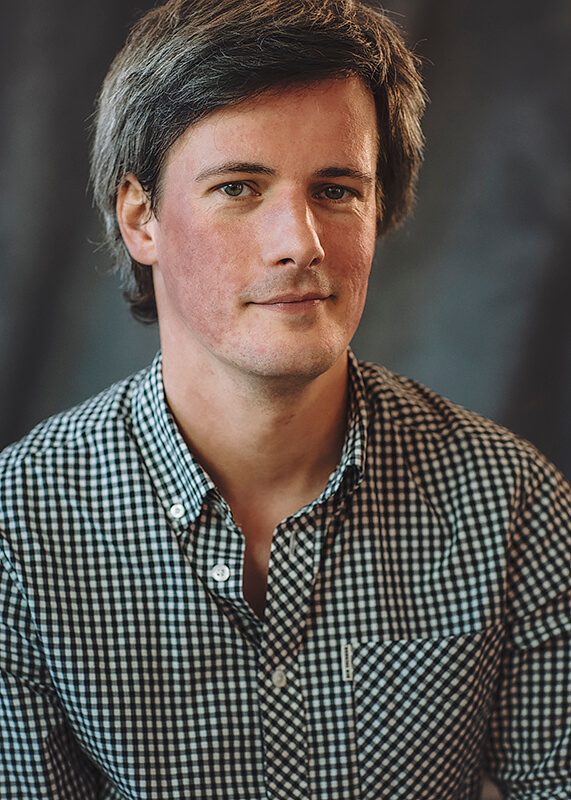Gavin is an award winning freelance photographer and digital assistant based in Edinburgh, working throughout the UK and beyond.
He originally trained as a classical and jazz musician at London's Guildhall School of Music, before moving to Paris as an artisan baker, working with leading French boulangerie Eric Kayser. His photographic work is as diverse as his background, bringing together many creative elements in his work. He draws particular inspiration from the art, design and photography that he was exposed to during his time in Paris.
Working with people from all walks of life, Gavin enjoys capturing unique stories with authenticity, sensitivity and creative flair.
Gavins' work has been widely exhibited, with highlights this year including the Royal Scottish Academy of Art at Edinburgh's National Gallery, and the Royal Ulster Academy of Art in Belfast, and the Royal West Academy in Bristol. He has won a number of awards in the UK and beyond, highlights of which include the BIPP Student Photographer of the Year 2017, MPA Student Photographer of the Year 2018, and finalist in the 2017 AOP Awards.
